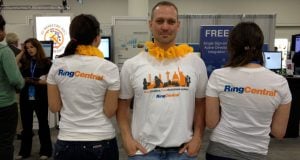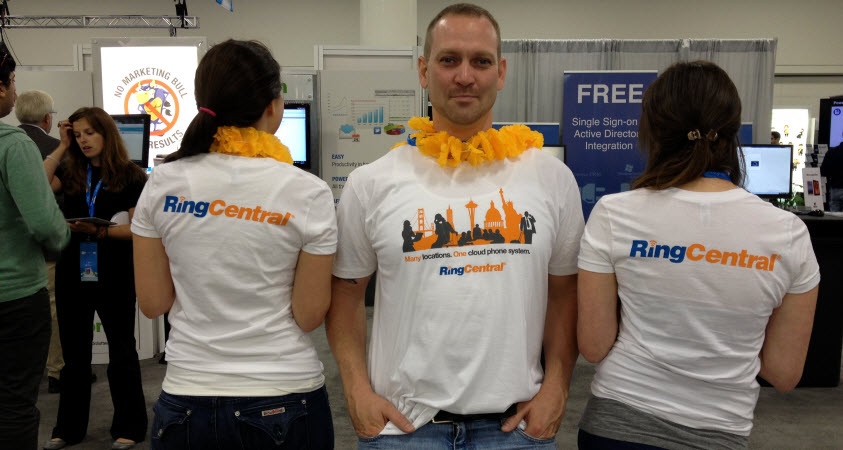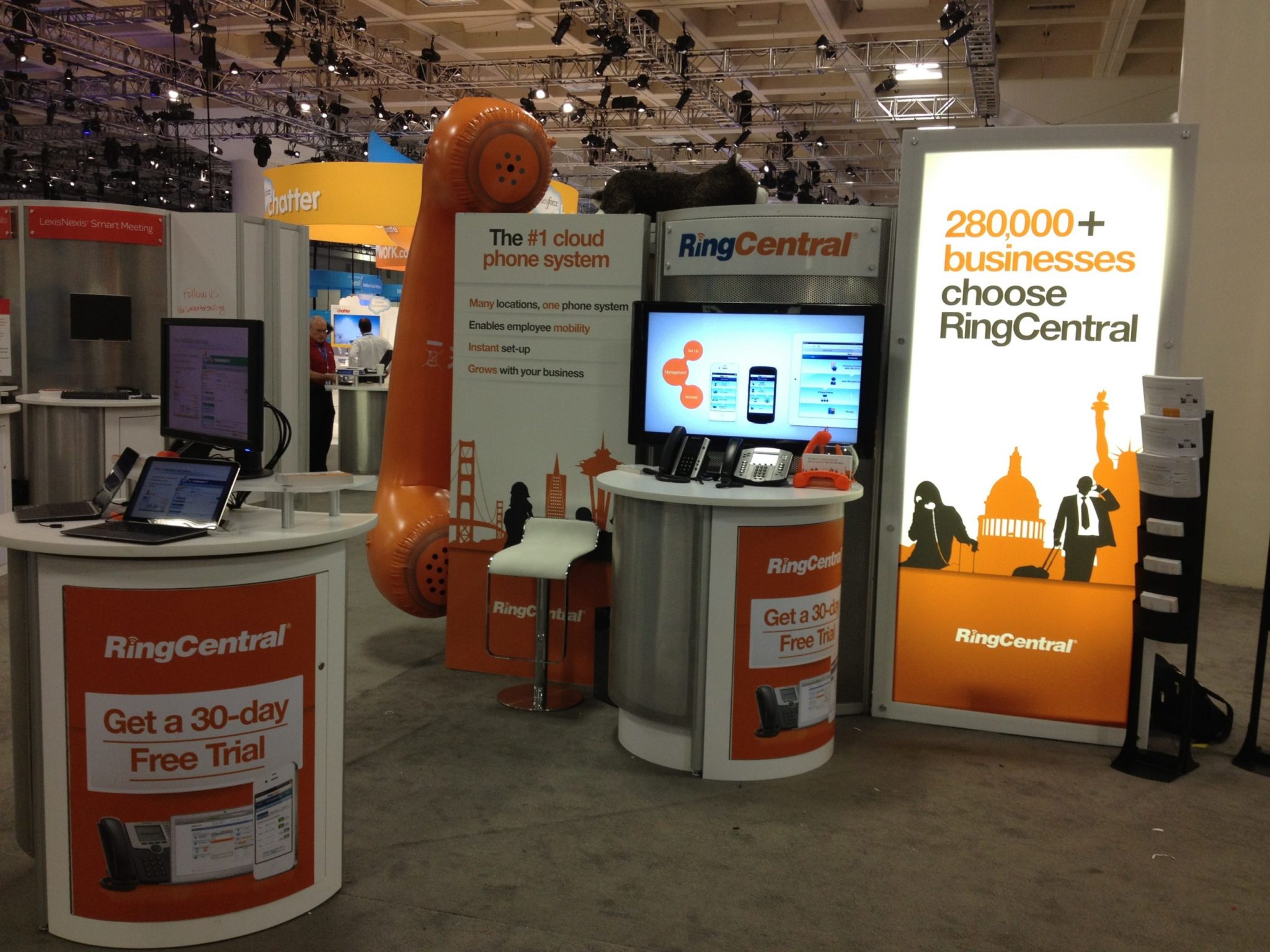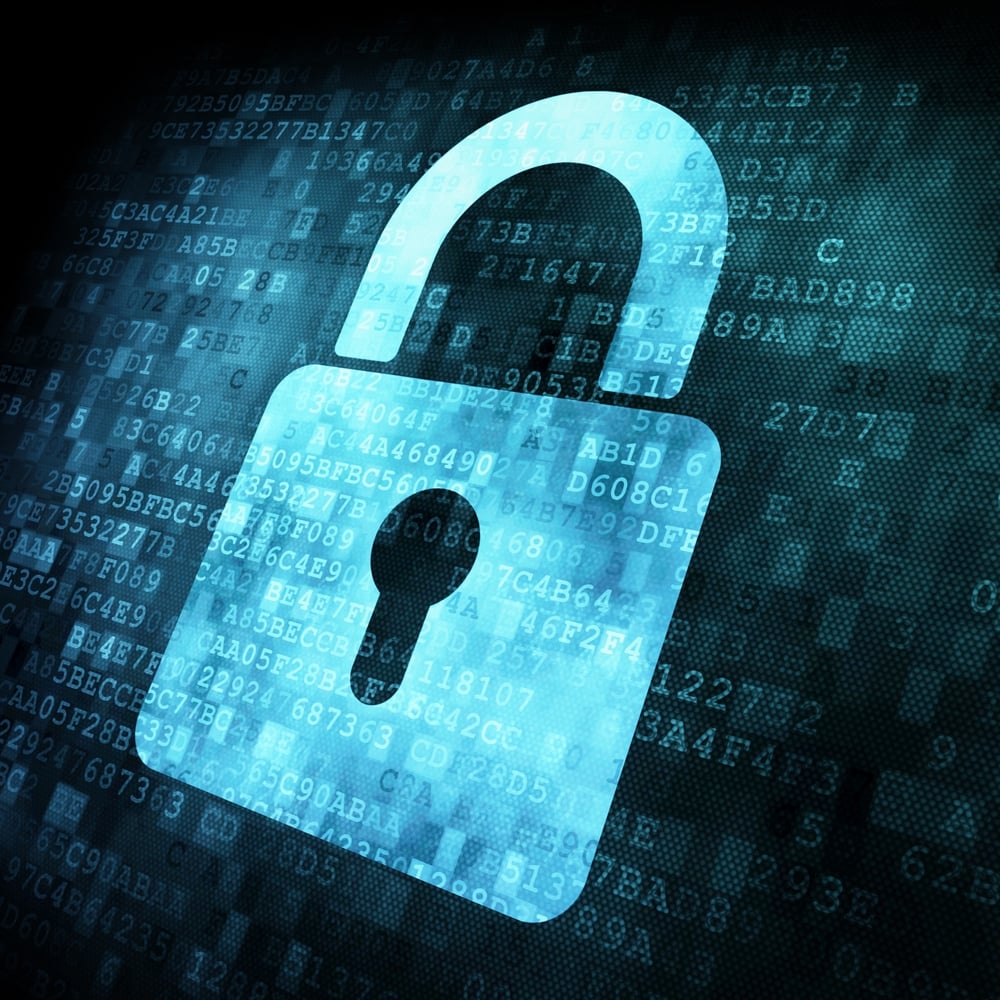Even in our digitally connected world, nothing trumps the value of in-person meetings. That’s why RingCentral exhibits at various trade shows throughout the year. It’s a great opportunity to talk about our cloud-based communications platform to prospective and existing customers.
But managing a trade show booth is no easy task. As an event coordinator for RingCentral, I can tell you that organizing an exhibition is a huge effort that requires careful planning, attention to detail, persistence, and endurance.
Recently, I managed our trade show booth at Salesforce.com’s annual Dreamforce event. I’m happy to report that the conference was hugely successful for RingCentral. So I thought I’d share several tips on what we did right.
1. Make a master to-do list
As elementary as it sounds, making a master list of to-do items and deliverables is a necessary starting point for event planning. Once you have all the requirements, it’s easier to organize items into categories such as booth, staff, or demo. Be sure to check the event website for checklists and deadlines.
2. Become best friends with the event organizer
As an exhibitor at Dreamforce, we had a point of contact whom we consulted for guidance and advice on everything from choosing the booth’s location on the floor to obtaining permission for having a giant inflatable phone included in our display. Our event contact was an excellent and responsive resource — all the more so since she served multiple exhibitors. So even when things got stressful, I always made sure to be gracious and grateful to our Dreamforce contact. When I met her in person at the event, I gave her a thank-you gift.
3. Keep the signage simple
To state the obvious, you want your signage and booth displays to be interesting and inviting. Think of your booth from a passerby’s perspective, i.e., someone who knows nothing about your product or service. Ask yourself whether the messaging conveys a meaningful description, something that leaves an impression in as few words as possible. You’re not likely to attract or stop people in their tracks with wordy signage, so keep it simple. Less is more.
4. Have a lead retrieval process
It’s no secret that trade shows can be a fount for sales leads, so be sure to establish a lead retrieval process. We recommend renting the portable scanners that are often offered through the organization hosting the event (or via a contracted service). If you expect a steady stream of traffic, rent more than one scanner — or else your staff will be scrambling constantly for the one device. Then, when the show is over, be sure to upload all contacts into your CRM system and mark them as leads from the specific show.
5. Follow up on leads
Leads are worth nothing without follow-up. Define the process for reaching out to contacts: who is responsible for following up, and how will leads be divided among team members? The best time to reach out to leads is the week following an event, when conversations are still fresh on everyone’s mind. Therefore, establish a deadline for follow-up, e.g., no later than one full week after an event.
6. Offer a promotion and giveaway
Like with any marketing effort, you need to offer an incentive for attendees to stop by the booth to learn about your offering. At Dreamforce, we offered a 30-day free trial of RingCentral and gave away RingCentral-branded orange retro handsets to folks who watched a demo. Inevitably, you’ll encounter people who want your tchotchkes but have no interest in your product. That’s why it’s helpful to have a “hurdle,” such as requiring a demo, in order to net out the tchotchke hounds from the folks who are truly interested.
7. Choose the right booth staff
In general, staff your booth with employees who are outgoing, articulate, and knowledgeable about your product. Note: be sure to provide training and talking points, even for company veterans. Staffers should be motivated and attentive — they should engage with customers and prospectives straightaway. I’ve observed plenty of booth staffers at other companies who continue chatting amongst themselves, even when there is a visitor present. Another no-no? Eating in the booth — it doesn’t project a professional image. Finally, make sure the booth staff consists of a combination of product experts, as well as salespeople.
8. Consider eye-catching attire
Logo-inscribed polo shirts are unremarkable. If you really want to stand out, consider spicing up the staff attire, whether it’s a splash of color or an unusual accessory. For Dreamforce, we ordered t-shirts with a vivid branded design and dressed up the look with orange leis and fedora hats. Between our signage, our giant inflatable phone, and our colorful attire, we were impossible to miss.
9. Build a demo and script
Seeing is believing, which is why it’s important that you demonstrate how your product or service works. This can be achieved with a simple but engaging powerpoint. Even more ideal are live demos. At Dreamforce, we showed RingCentral integrated with Salesforce.com through the actual user experience of activating different features. The product team built the demo and wrote the talking points, which were communicated during staff training.
10. Create a booth staff schedule
Last but certainly not least: create a booth schedule that explicitly indicates when and where your staff is supposed to show up. Circulate the schedule several times prior to the actual event to give people a chance to request modifications. Set a deadline for when no further changes can be made. And be sure to include everyone’s contact information (mobile phone number) on the schedule, which you should widely distribute.
Did we miss something that you find critical in the exhibition process? Tell us in the comments section below.
Originally published Oct 10, 2012, updated Aug 22, 2021





